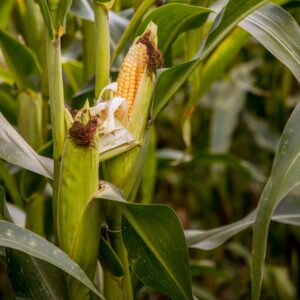
Source: the Southern African Macadamia Growers’ Association (SAMAC) website, www.samac.org.za and the DALRRD publication A Profile of the South African Macadamia Nut Market Value Chain (see "Websites & publications" heading).
Further reference:
There is an export standard on all inshell macadamia nuts, which means every consignment is inspected by the Perishable Products Export Control Board (PPECB). Download the standard at www.samac.org.za/standards/.
According to figures received from the South African Revenue Service, the total value of macadamia exports in 2022 was R4.6 billion. A breakdown of exports is included among the information at www.samac.org.za/industry-statistics.
Source: www.samac.org.za/industry-statistics and previous notes on the SAMAC website.
Macadamias are an important crop for the country, having high-growth-potential while also being labour intensive (Sihlobo, 2018). The National Development Plan singled out the nut sector as one of the smaller, labour- intensive industries with huge expansion and labour creation potential. The BFAP Baseline 2019 noted that pecans and macadamias were among those industries that have already expanded beyond the targets of the NDP (BFAP, 2019).
Further reference:
Training, research and services
Companies
Visit the websites listed earlier on this page.